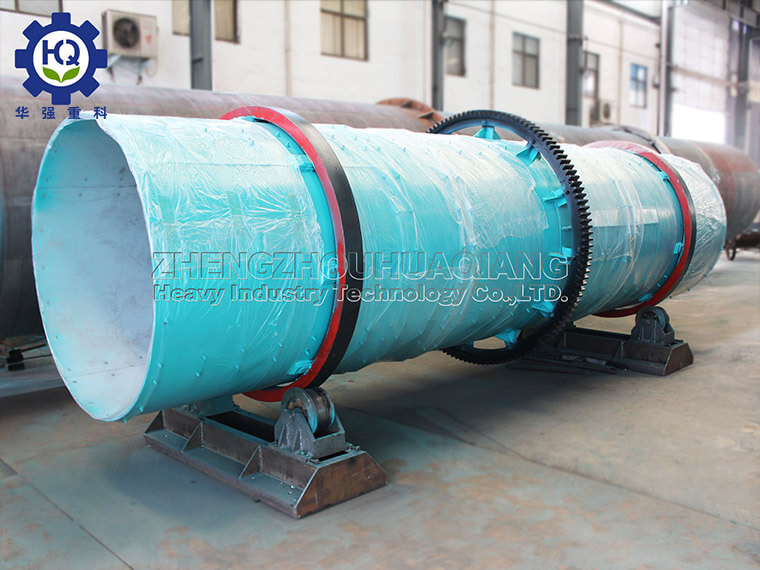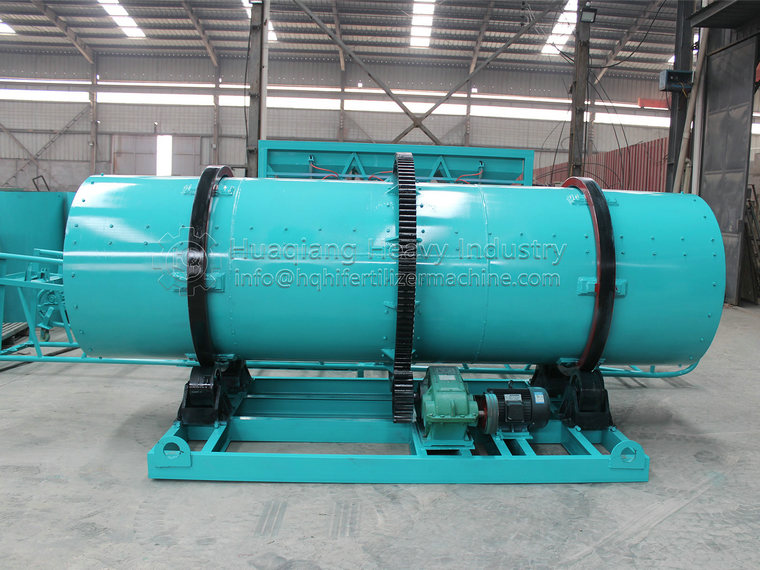The noise reduction method of organic fertilizer granulator in the granulation process
The organic fertilizer granulator consists of several parts. First, it’s the collection part of the device. Secondly, it is the most important transmission component and also a bracket device with special technology. Finally, there are conveyor belts and auxiliary wheels, and different granulators have different granulation characteristics.
1. The principle of rotary drum granulator is that the material relies on the surface tension, an appropriate amount of liquid phase, and the extrusion force generated by the rolling between the materials.
2. The processing operation of the double roller granulator equipment adopts the non-drying and normal temperature process, the particle strength is high, and the bulk specific gravity increase is more obvious than other granulation methods, especially suitable for occasions where the product bulk specific gravity increases.
3. The new organic fertilizer granulator uses the high-speed rotating mechanical stirring force and the generated aerodynamic force to continuously realize the mixing, granulation, spheroidization, densification and other processes of fine powder materials in the machine, so as to achieve the purpose of granulation.
4. The control of water content, material quality and water temperature in the operation of the disc granulator of organic fertilizer equipment.

How to reduce the noise of the organic fertilizer granulator in the npk manufacturing process, there are the following suggestions:
1. There may be a problem with the bearing of a certain part of the organic fertilizer granulator, which makes the machine work abnormally, the working current fluctuates, and the working current is too high.
2. The ring die is blocked, or a part of the die hole is detached from the material. If the ring die enters the foreign body, the ring die is out of the circle, the gap between the roller and the die is too tight, the roller is worn or the roller bearing is damaged and cannot rotate, which will cause the vibration of the granulator.
3. The coupling correction is unbalanced, the height and height are deviated, the granulator vibrates, and the gear shaft oil seal is easily damaged.
4. If the main shaft is not tightened, the loosening of the main shaft will cause axial movement before and after the movement, the roller swings obviously, the granulator is noisy, and the granulation is difficult.
5. The wear of the big gear and the pinion, or the replacement of a single gear, will also produce a lot of noise.

.jpg)



.jpg)


.jpg)